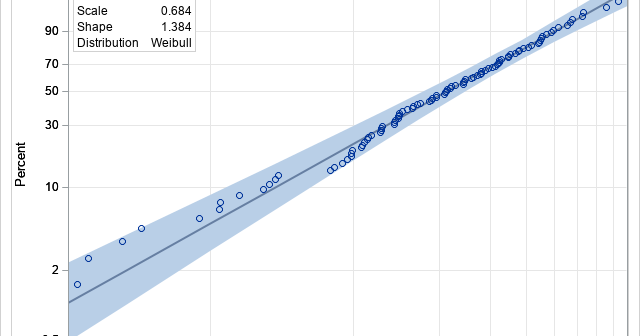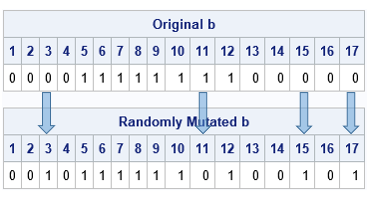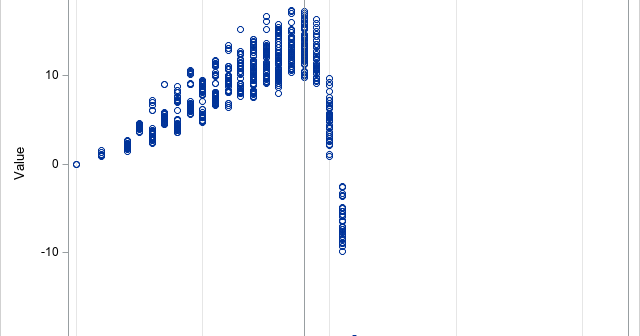The DO Loop
Statistical programming in SAS with an emphasis on SAS/IML programs
A previous article discusses how to use SAS regression procedures to fit a two-parameter Weibull distribution in SAS. The article shows how to convert the regression output into the more familiar scale and shape parameters for the Weibull probability distribution, which are fit by using PROC UNIVARIATE. Although PROC UNIVARIATE

It can be frustrating when the same probability distribution has two different parameterizations, but such is the life of a statistical programmer. I previously wrote an article about the gamma distribution, which has two common parameterizations: one that uses a scale parameter (β) and another that uses a rate parameter

A genetic algorithm (GA) is a heuristic optimization technique. The method tries to mimic natural selection and evolution by starting with a population of random candidates. Candidates are evaluated for "fitness" by plugging them into the objective function. The characteristics of the better candidates are combined to create a new

This article uses an example to introduce to genetic algorithms (GAs) for optimization. It discusses two operators (mutation and crossover) that are important in implementing a genetic algorithm. It discusses choices that you must make when you implement these operations. Some programmers love using genetic algorithms. Genetic algorithms are heuristic

Sometimes we can learn as much from our mistakes as we do from our successes. Recently, I needed to solve an optimization problem for which the solution vector was a binary vector subject to a constraint. I was in a hurry. Without thinking much about what I was doing, I

Many optimization problems in statistics and machine learning involve continuous parameters. For example, maximum likelihood estimation involves optimizing a log-likelihood function over a continuous domain, possibly with constraints. Recently, however, I had to solve an optimization problem for which the solution vector was a 0/1 binary variable. To solve the
